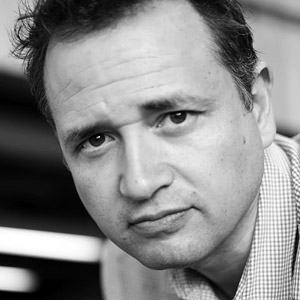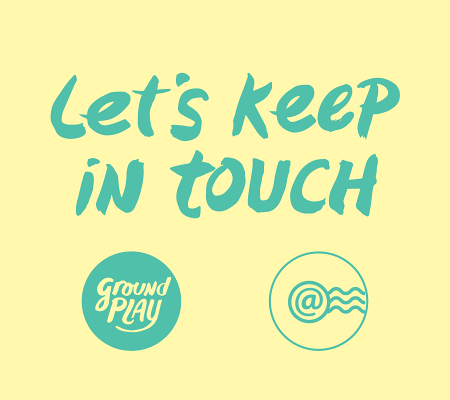
Shawn Lani
Interview with Shawn Lani, Exploratorium
Published: February 2015
by SF Planning
What drove The Exploratorium to become a partner in the LIZ* program?
The Exploratorium has been creating a robust network of scientific, educational, and artistic partnerships over the past forty years. Our recent move to the San Francisco waterfront allowed us to more actively investi- gate a line of inquiry which blends placemaking with place-based learning and experiment with new modes of active public engagements. The LIZ Program allowed us to enter into the public space conversation as an active, generative partner. We share many of the partners’ allegiance to the end-user and seek to support each individual’s sense of agency in public space. We also recognize that spaces like LIZ are responding to the need for vision, for social coherence, and for strategies that ultimately provide for the formative culture so necessary for the generation of future ideas.
What experience did The Exploratorium have with placemaking prior to embarking on the LIZ project?
We have been creating site-specific investigations and installations for almost a decade, but until three years ago, the museum had engaged very little with the placemaking movement. We contacted Project for Public Spaces and met with Fred Kent, attended workshops, and built a framework, which guided the development of the Exploratorium’s 40,000 sq ft. untick- eted public space. We are excited to be a part of the larger, evolving, conversation and hope to contribute to the movement in many meaningful ways.
Has the experience of creating a LIZ been beneficial to The Exploratorium?
Our institution exists to make an impact on people’s lives, whether it’s at our campus, on-line, through our Teacher Training Programs or through global partnerships. At “Pause,” we see strangers holding hands on the Musical Bench and look strangely content as they chat away. Some people get genuinely giddy while others stand shyly by working up the nerve to interact with a stranger. The installations on Market Street are like wrecking balls for social norms. For us, that’s what impact means; the ability to empower people to be their best selves, to be curious, to be wondrously human. There’s a relationship between individual agency and civic engagement which, when tuned, creates a kind of social harmonica. Our current driving questions are, “What are the compo- nents and methodologies for creating these dynamic, inquiry rich spaces?” and, “How do we codify these lessons so that they can be repeated?”
How involved was the City in the review of the design?
They were very involved in helping create criteria for success. We relied on the overall framing to sieve through ideas and concepts as they evolved in conversation with our partners. Paul Chasan, in particular, walked the Exploratorium team through the multiple design reviews required for permitting. There was not a large degree of oversight, though there was a high level of trust placed in us as a partner.
What have you learned from the experience so far?
We learned first and foremost that something is working out there, it’s a jarring change to Market Street’s social dynamics. Our core values of respecting the user as an individual, creative agent blends well with the City’s intentions and Gehl Architect’s public space philosophy. Partner alignment was critical, but not easy. There were a lot of stakeholders and people with very strong, smart convictions about what the LIZ needed to be. Synthesizing these energies was simply inspiring (frustrating, hard, confusing, frightening, but damn inspiring). Defining what meant success for the most important stakeholder, the public, was the most challenging of all. Now that we have the armature up, we expect to spend a lot more time getting to know the Market Street crowd. In retrospect, we had a lot of people in the room who are very driven, very smart, and quite used to dealing with agencies that don’t fully understand their intentions or methods. The funny thing is, we’re all saying pretty much the same thing, but in coded variations. Figuring out each of our roles, core capacities, and areas where we could support one another was a very large part of making this work. We were also pleasantly reminded of what we already knew; LIZ is awesome because people are basically beautifully curious, kind, humorous creatures who leap at the chance to learn and play. This tendency, when coupled with community-based partnerships and on-going civic conversations, leads to powerful public space impacts. Grounding the initial LIZ with inquiry rich experiences brought the best out in people.
*The LIZ program is pleased to announce that it has merged with Groundplay. Best practices found in this interview are still applicable to Groundplay projects.
ADA & Accessibility
The City and County of San Francisco recognizes its obligation under the Americans with Disabilities Act (ADA) and the Language Access Ordinance to provide equal access to all its residents.
Free Language Assistance
免 費語言協助 / Ayuda gratuita con el idioma / Бесплатная помощь переводчиков / Trợ giúp Thông dịch Miễn phí / Assistance linguistique gratuite / 無料の言語支援 / 무료 언어 지 원 / Libreng tulong para sa wikang Tagalog / คว"ม ช่วยเหลือท"งภ"ษ"โดยไม่ เส'ยค่าใช้จ่าย
Dial 3-1-1 (within SF only) or (415) 701-2311



